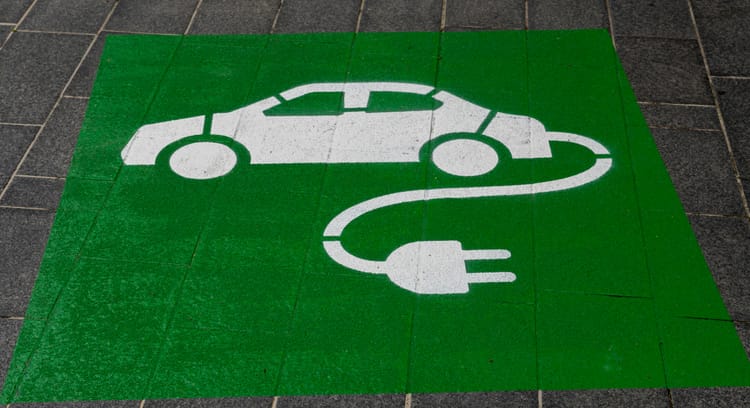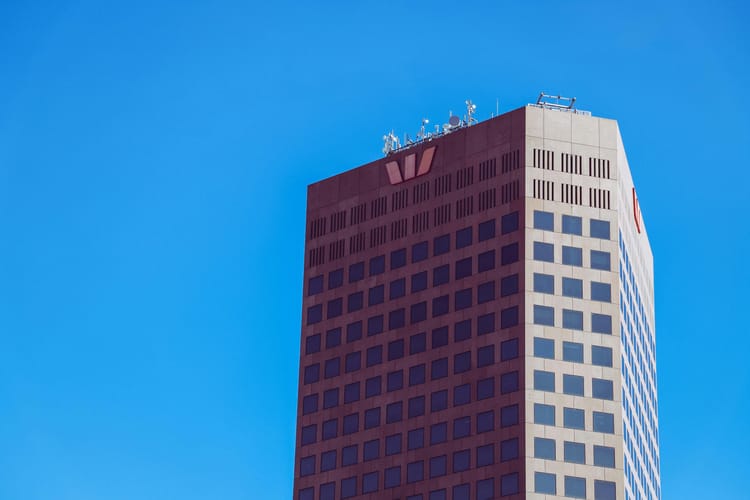BT to offer low-carbon internet to business clients from January

British telco giant BT is launching a multi-cloud network with a 78% lower carbon footprint than its existing solutions – advancing towards its target to help customers avoid 60 million tonnes of Scope 3 emissions by 2030.
BT’s own emissions make up a significant proportion of its clients’ Scope 3 emissions, and the launch of this new network, called Global Fabric, was driven by corporate client demand for more granular emissions data, as Chief Sustainability Officer Sarwar Khan told CSO Futures this month.
He explained that BT started using the GHG Protocol's ICT Sector Guidance to quantify the different levels of impact of its networks, "all the way from energy, but also Scope 3 carbon emissions impact". The guidance also helped the company break down these numbers into the different lifecycle parts and include embodied emissions. Khan added that BT was working on "engineering [its] network to be more sustainable," and Global Fabric is the result of this reengineering.
The emissions reductions are made possible by replacing older, less efficient devices with more efficient hardware (improving energy efficiency), as well as using fewer devices overall in the network (reducing electricity needs). Combined with a “digital orchestration layer” controlling connectivity, these upgrades will result in a 79% reduction in power consumption, compared to BT’s existing international networks.
Read also: The UK government’s IT carbon footprint has got worse
Scope of GHG emissions reductions
However, the scope of these GHG emissions calculations only covers the locations of Global Fabric equipment (“the world’s major cloud locations”) and excludes third-party apps and services running on top of the network.
“For data centres in which we’ve located our equipment we’ve asked the operator to provide us with the PUE [power usage effectiveness] so we can incorporate this in. Where they do not hold this data we have included their best estimates for that particular location. In the case of the equipment itself we have obtained LCA [life cycle analysis] data according to ISO14040 from the vendors. This covers the lifecycle stages across extraction, manufacture, transport and end of life,” a BT representative told CSO Futures.
Network-as-a-service for low-carbon internet
Global Fabric operates on a Network-as-a-service, pay-as-you-use model: clients will be able to choose the connectivity they want for their applications and workloads and manage the routes they take across the network, giving them greater control over performance and costs.
The first cloud locations to be connected will be in mainland Europe, the UK and North America, followed by Asia, Australia and South America, with the first service (low-carbon internet for business clients) available from January 2024. Other services, such as Ethernet and MPLS, will be launched in the following weeks and months.
BT used its long experience as a provider or communication services to large organisations to design the network in a way that meets new connectivity challenges.
The spokesperson added: “We’ve mapped Global Fabric’s footprint to match the trends in customer traffic. In short, customer traffic used to be relatively simple — users in their offices and other sites would be accessing applications and data hosted in the business’ own private cloud (data centres), of which there were few. That’s completely changed.
“Increasingly, businesses are hosting applications and data across several clouds – some they continue to own and operate themselves but many more operated by public cloud providers such as AWS, Google Cloud Platform and Microsoft Azure. In addition, they’re using Software-as-a-Service from providers such as SAP. Global Fabric’s high-capacity core will feature multiple 100 Gbps connections into major cloud locations globally offering in-built resilience.”
‘More coverage than hyperscalers’
The network will also provide high-performance connectivity for distributed workloads with 160 points of presence (PoPs) built in carrier-neutral facilities globally.
BT believes Global Fabric will offer “the most direct coverage of hyperscaler clouds of any connectivity provider in the world”: almost 50% more than AWS, Google Cloud and Microsoft Azure.
Chris Sharp, Chief Technology Officer at data centre platform Digital Realty, said: “By building a cloud-centric network and locating its PoPs inside our world-leading carrier neutral facilities (CNFs), BT will be able to offer its customers terrific speeds with low latency while helping them minimise their environmental impact.”
Cloud and other digital emissions are a growing concern for companies and the only area where carbon footprint is expected to increase in the coming years, since many of the technologies used to decarbonise the economy rely on cloud applications.
BT has set an SBTi-approved target to be a net zero carbon emissions business by reducing the carbon intensity of its operations by 87% by the end of March 2031 (from a 2017 baseline). It also aims to achieve net zero Scope 3 emissions by 2041, with an interim target of reducing supplier emissions by 42% by 2031.
More importantly, the group set a goal in 2021 to help customers avoid 60 million tonnes of CO2e equivalent "by using our products and services", and the low-carbon internet made possible by Global Fabric is certainly a step in the right direction.







Member discussion